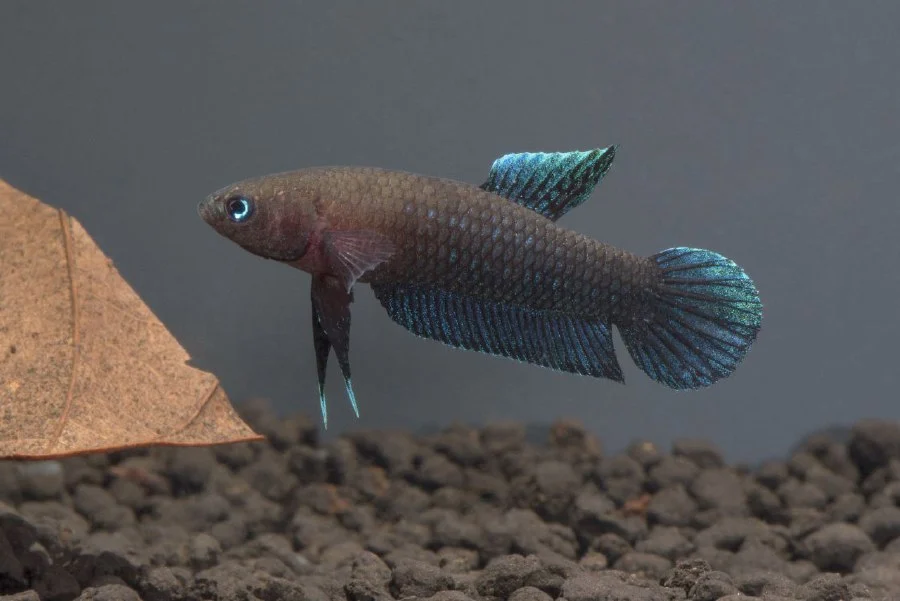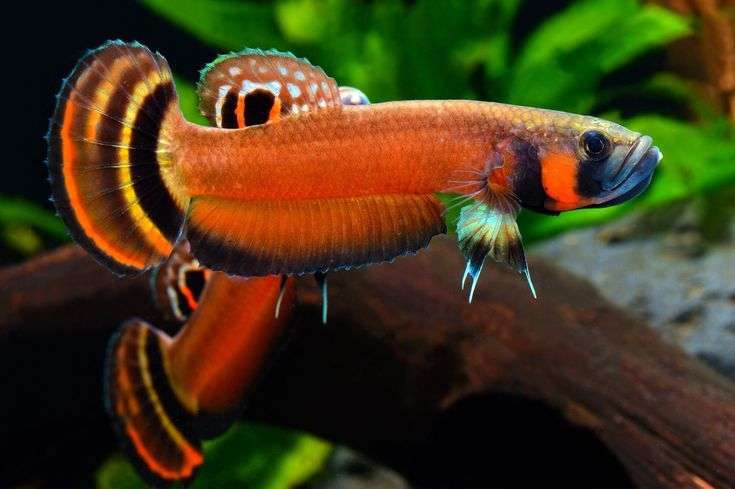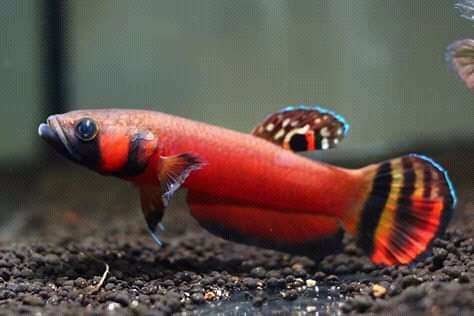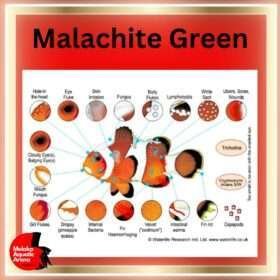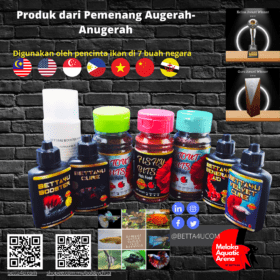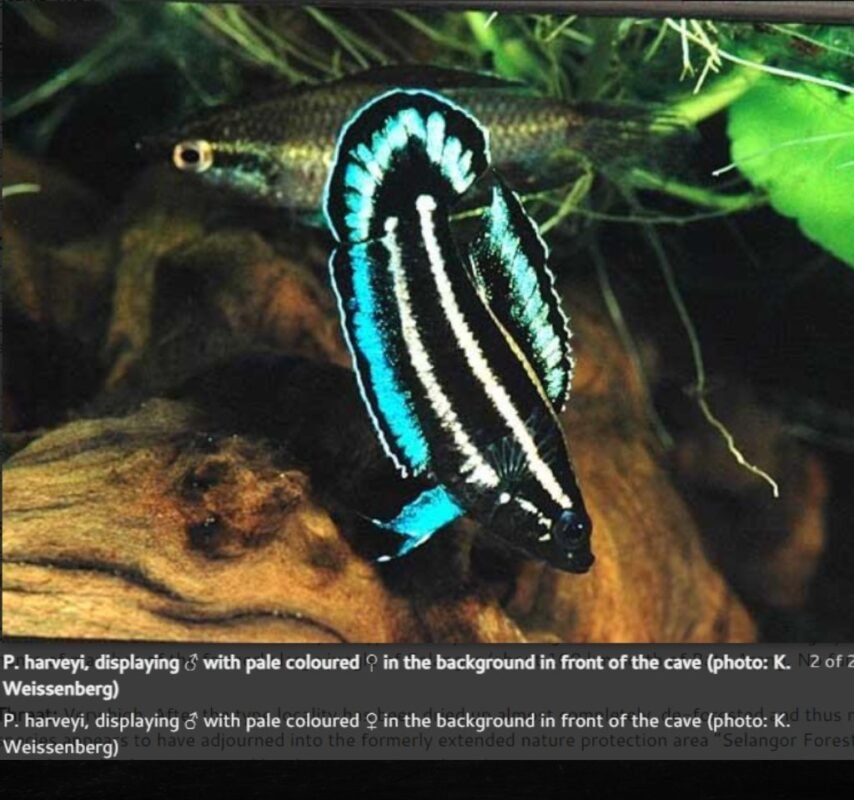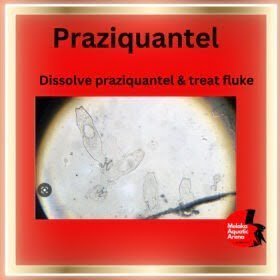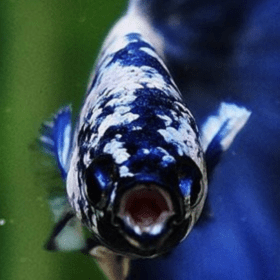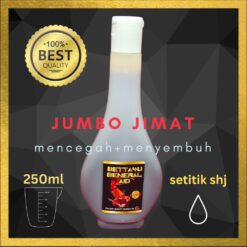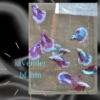Introduction – Wild Betta Fish in Malaysia
Malaysia, with its rich aquatic ecosystems, is a haven for wild betta fish enthusiasts. In this blog post, we will embark on a journey to explore 26 captivating species of wild betta fish in Malaysia, uncovering their unique characteristics and the urgent need to conserve their natural habitats.
Wild Betta Fish Species of Peninsular Malaysia
1. Betta Bellica
The largest bubblenester species. Available in Selangor, Pahang, Perak and Johor.
2. Betta Pugnax
Avaialble in many places across Peninsular Malaysia.
3. Betta Kuehnei
Kelantan of Peninsular Malaysia.
4. Betta Pi
The species in Kelantan, Peninsular Malaysia.
5. Betta Stigmosa
Terengganu.
6. Betta Imbellis
Common species available across Peninsular Malaysia
7. Betta Cocina
Selangor and Johor
8. Betta Tussyae
Pahang
9. Betta livida
Endemic to the region, the Betta livida showcases a mesmerizing interplay of blues and greens, captivating any observer. Selangor
10. Betta Persephone
Johor
11. Betta Hipposideros
Tanjung Malim, Selangor
12 Betta Omega
Johor
13. Betta Tomi
Johor
14 Betta Pulchra
Johor
15. Betta Waseri
Pahang and Terengganu
Wild Betta Fish Species of Sabah and Sarawak
1. Betta Macrostoma
Known for its impressive size and vibrant colors, the Betta macrostoma is a crown jewel of Miri, Sarawak's waterways.
2. Betta rutilans
In the lush waters of Sabah and Sarawak, the Betta rutilans displays a rich palette of reds and oranges, making it a true spectacle.
3. Betta Akarensis
Sarawak
4. Betta Balunga
Sabah
5. Betta Gladiator
Sabah
6. Betta Ocellata
Sabah
7. Betta Taeniata
Sarawak
8. Betta Brownorum
Sarawak
9. Betta Lehi
Sarawak
10. Betta Chini
Sabah
11 Betta Ibanorum
Sarawak
Conservation Imperative
As we marvel at the diversity of wild betta fish in Malaysia, it's crucial to address the environmental challenges they face. Habitat destruction, pollution, and overcollection for the aquarium trade threaten these unique fish. Conservation initiatives are imperative to safeguard their natural habitats and ensure the survival of these mesmerizing species.
Embracing New Discoveries
Excitingly, new wild betta fish in Malaysia are continuously being discovered and studied. Researchers work tirelessly to record valuable data, deepening our understanding of these intricate aquatic ecosystems.
Join the Conservation Journey
Let's study and appreciate these wild betta species together. By raising awareness and promoting responsible practices, we can contribute to the conservation of Malaysia's aquatic treasures. Protecting and preserving their original habitats is key to ensuring these magnificent species thrive for generations to come.
In conclusion, let's celebrate the beauty of wild betta fish in Malaysia while recognizing the responsibility we bear in protecting their habitats. Together, we can make a difference in sustaining the aquatic wonders that make Malaysia a true paradise for betta enthusiasts.
Remember, “Study, Protect, Conserve – for the love of Malaysia's wild bettas and their home waters.”
Betta Macrostoma Pair: The Crown Jewel of Freshwater Aquariums


